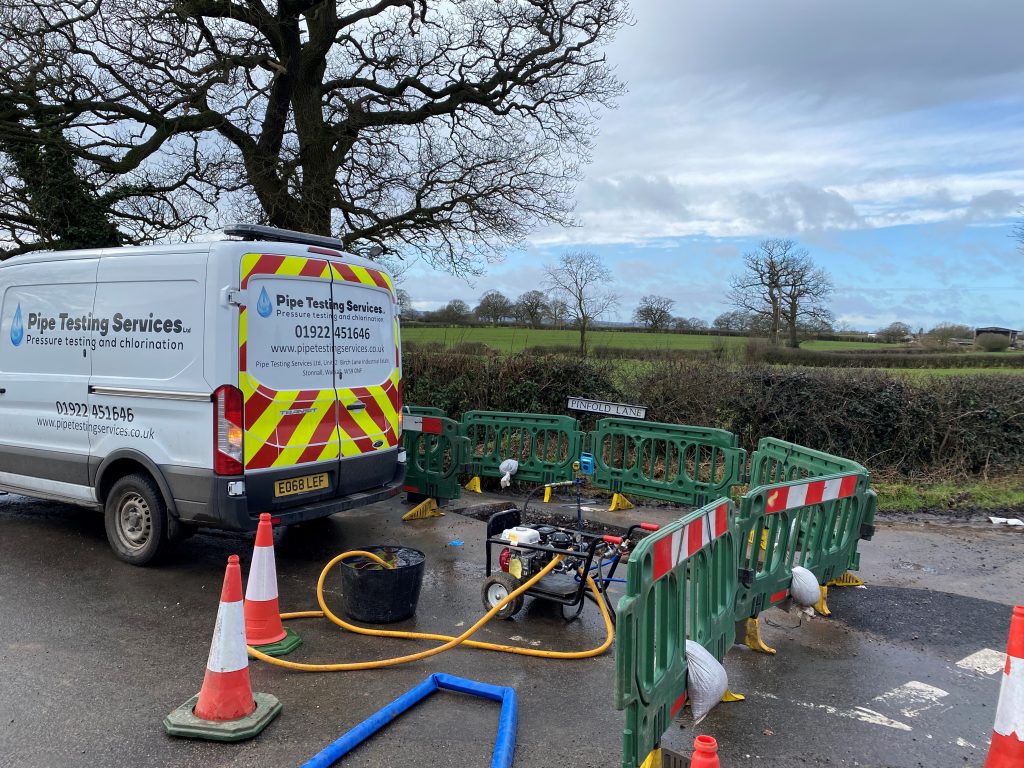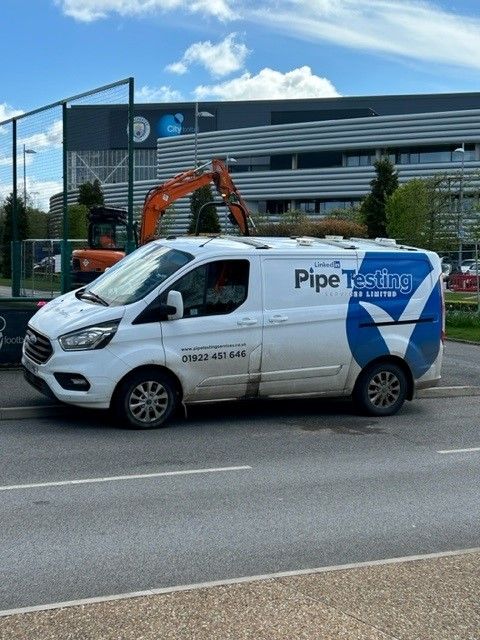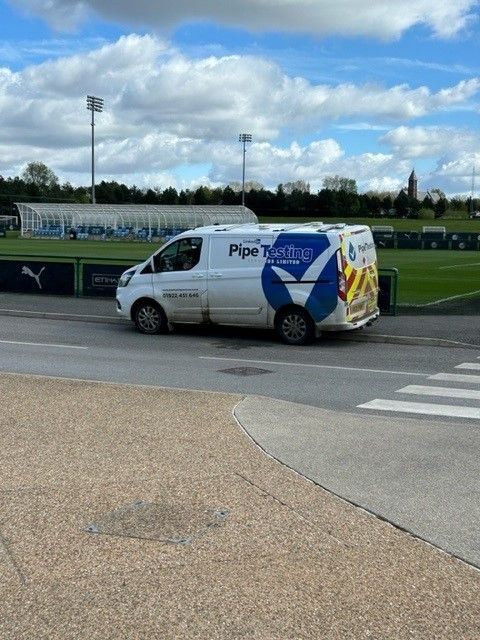Pre-Commissioning of Pipelines
Pre-commissioning of pipelines is a vital step in bringing new pipeline installations to full operational service in the UK. This process ensures that pipelines are structurally sound, fully compliant with UK regulations, and ready to deliver optimal performance. By addressing potential issues before commissioning, organisations can avoid costly disruptions and maintain long-term asset integrity.
Ready to ensure the integrity of your water systems? Contact us today to discuss your pipe testing requirements and discover how we can serve you with unmatched expertise and professionalism.
Why Pre-Commissioning is Essential
Guaranteeing Structural Integrity
Before pipelines are placed into service, they must undergo rigorous pre-commissioning tests to verify that they can handle operational pressures and environmental conditions. This process identifies any weaknesses or defects early, ensuring that the infrastructure is robust and reliable from the start.
Meeting UK Regulatory Standards
UK regulations—such as the Water Industry Act 1991, Environment Act 2021, and guidelines set by the Health and Safety Executive (HSE)—mandate comprehensive pre-commissioning procedures. Adhering to these standards not only guarantees safety but also helps avoid potential legal or financial penalties.
Minimising Future Maintenance Costs
By detecting and addressing issues during the pre-commissioning phase, companies can significantly reduce the likelihood of future failures. Early intervention translates into lower repair costs, reduced operational downtime, and a longer service life for the pipeline network.
Key Pre-Commissioning Procedures
Pipeline Cleaning & Debris Removal
- Flushing & Pigging: The pipeline is cleansed of any construction debris, sediments, or contaminants using foam or solid pigs.
- Chemical Cleaning: Specific chemicals are used to dissolve any deposits that could impede pipeline performance.
- Air Blowing: High-velocity air is employed to expel dust and loose particles, ensuring a clean internal surface.
Hydrostatic Testing: Ensuring Pressure Integrity
The pipeline is filled with water and pressurised to a level that simulates real operating conditions. This test confirms that the pipeline can handle operational stresses, identifies any leaks, and verifies its overall durability. You can read more on our service here – Your Guide to Hydrostatic Pressure Testing Process, Benefits & Applications.
Drying & Dehydration: Preventing Internal Corrosion
Following hydrostatic testing, the pipeline must be completely dried to prevent corrosion. Techniques such as air drying, vacuum drying, or nitrogen purging are used to remove residual moisture and create a corrosion-resistant environment.
Leak Detection & Integrity Testing
Advanced leak detection methods are employed to ensure the pipeline is free from defects:
- Pressure Decay Testing: Monitors any loss of pressure over time, which could indicate a leak.
- Tracer Gas Testing: Utilises specialised gases to detect micro-leaks.
- Acoustic Emission Testing: Listens for the characteristic sounds of escaping fluids or structural stress.
Industries Benefitting from Pre-Commissioning
- Water & Wastewater Management - Essential for ensuring that the infrastructure complies with the rigorous standards set by regulatory bodies, thereby protecting public health and the environment.
- Oil & Gas - UK-based oil and gas companies require reliable pipeline systems for the safe transportation of hydrocarbons, where pre-commissioning ensures that safety and performance standards are met.
- Chemical & Petrochemical Sectors - Pipelines transporting hazardous materials demand meticulous pre-commissioning to prevent leaks and environmental hazards.
- Construction & Engineering Projects - New developments rely on pre-commissioning testing to validate that the pipeline systems installed are ready for long-term, safe operation.

Common Questions About Pipeline Pre-Commissioning
How Long Does Pre-Commissioning Take?
The duration varies based on pipeline length, diameter, and complexity. Generally, it can take anywhere from a few days to several weeks.
What Are the Indicators That Re-Testing Might Be Needed?
- Unexplained pressure fluctuations during initial operations.
- Any signs of material loss or unexpected changes in flow rates.
- Anomalies detected during routine monitoring of system performance.
What Happens If a Pipeline Fails Pre-Commissioning Tests?
Should any part of the pipeline fail to meet the required standards, a detailed diagnostic report will be prepared. This report outlines the necessary corrective actions, which may involve targeted repairs or additional testing, to ensure that the pipeline complies with all UK safety and quality regulations.
Why Partner with UK Experts for Pre-Commissioning?
- Why Partner with UK Experts for Pre-Commissioning?
- Cutting-Edge Technology & Techniques - Utilising advanced testing equipment and methodologies, we ensure that every pre-commissioning step meets current industry best practices.
- Efficient, End-to-End Solutions - From cleaning and testing to drying and final verification, our comprehensive approach minimises project delays and operational downtime.
- Commitment to Compliance & Safety - With a deep understanding of UK regulations, we ensure that your pipeline is not only operational but also fully compliant with all applicable safety and environmental standards.
- Secure Your Pipeline’s Future Today - Invest in the longevity and safety of your infrastructure with a rigorous pre-commissioning process. Contact our team of UK-based experts to discuss your requirements and ensure your pipeline is ready to perform reliably for years to come.

Get in Touch With PTS Today
- Phone: Call us at 01922 451646.
- Email: Reach out to us at enquiries@pipetestingservices.co.uk
- Address: Visit us at Unit 27 Birchbrook Industrial Estate, Shenstone, Lichfield, Staffs, WS14 0DJ.
By partnering with professionals who understand the nuances of UK regulations and industry needs, you can achieve operational excellence and secure a safer future for your infrastructure. Get in contact via phone, email or fill out our contact form at the top of the page.

